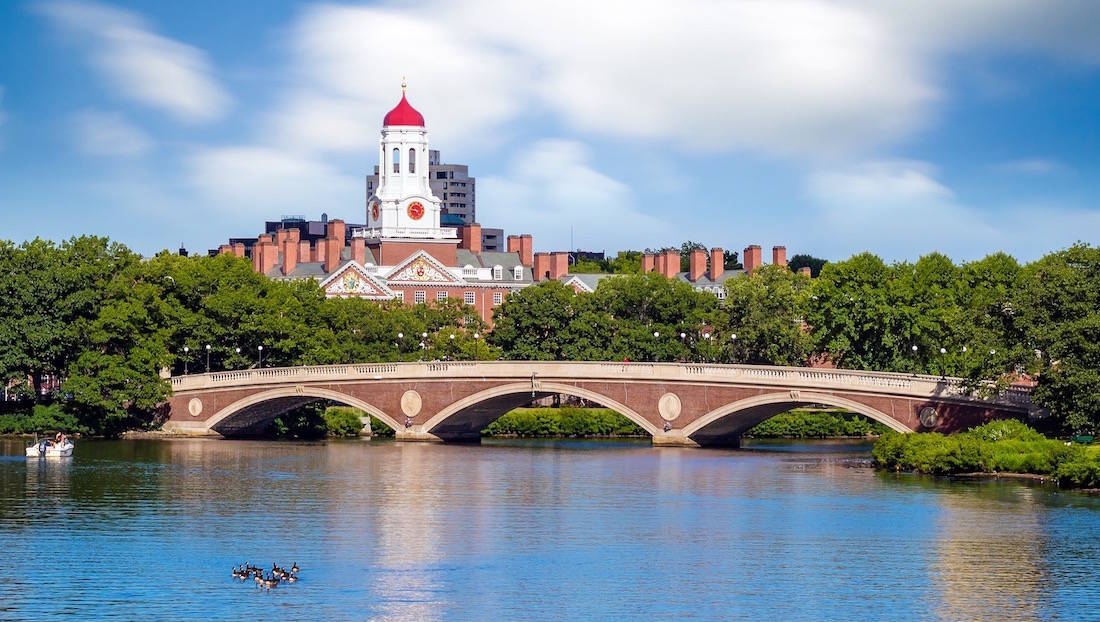Ann Arbor, MI, USA apartments for rent
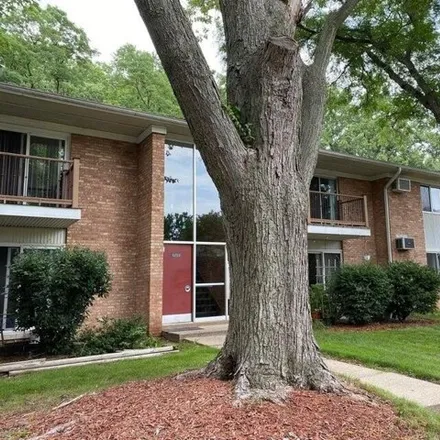
$2,100
Available: Right Now
Listed: 23/07/2024
1253 Island Dr Apt 102, Ann Arbor, Michigan, 48105
Riverhouse Condo community offers a peaceful setting surrounded by trees and parks, yet it's close to the Medical Center, Kerrytown, and U of M transit Center. This renovated first-floor condo has hardwood floors throughout. The kitchen opens to the ...

$4,200
Available: Right Now
Listed: 25/07/2024
3343 Roseford Blvd, Ann Arbor, Michigan, 48105
This stunning, like new Toll Brothers Villa at North Oaks is available for rent. This unit has never been lived in and is loaded with upgrades throughout. This couplex is just minutes to NCRC, all hospitals, UM North Campus, and Google. Highlights in...
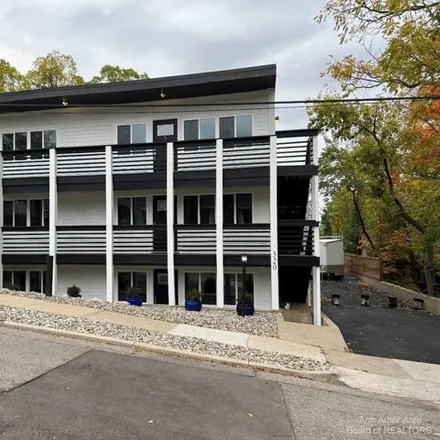
$2,100
Available: Right Now
Listed: 25/07/2024
320 Koch Ave Apt 4, Ann Arbor, Michigan, 48103
For Rent - Available August 15th. Walk to Downtown from this totally remodeled two-bedroom apartment. Located on the main floor. All new kitchen, bathroom, flooring, appliances (including washer/dryer), windows, fresh paint. Heat, water, lawn care an...

$11,340
Available: Right Now
Listed: 25/07/2024
Ann Arbor, MI
We invite you to enjoy this private, newly renovated studio apartment in the heart of downtown Ann Arbor. Easily walk to Main Street, Kerrytown, or Michigan Stadium. Enjoy the atmosphere of Ann Arbor without having to worry about parking! You'll ...

$2,300
Available: Right Now
Listed: 21/07/2024
819 E Summerfield Glen Cir, Ann Arbor, Michigan, 48103
Three bedroom, 2 full bath entry level condo for rent available early August. Open kitchen with lots of cabinets and counterspace, and counter seating. Separate laundry room. Master suite with double closets, private bath and flex space. Screened-in ...

$3,200
Available: Right Now
Listed: 25/07/2024
2899 Mystic Dr, Michigan, 48103
Well maintained home in ann arbor ! Close to shopping areas and express ways. newly painted interior. gourmet kitchen w/island and opens to family room. master suite has jetted tub and separate shower. long term preferred. 1.5 mo security d...

$2,200
Available: Right Now
Listed: 25/07/2024
1225 S Maple Rd, Ann Arbor, Michigan, 48103
Visit the ever-popular and affordable Walden Hills Condos today! They are within walking distance to bus lines, nature areas, restaurants, and a short drive to downtown Ann Arbor. Enjoy this ranch unit boasting both a garden view and end unit with 2 ...

$2,200
Available: Right Now
Listed: 23/07/2024
1209 Island Dr Apt 202, Ann Arbor, Michigan, 48105
Close to U of M Medical Center, main campus, and the Huron River. Perfect for students in medical school or in residency. Laundry in condo. Association includes ground maintenance, outdoor inground pool, trash removal, recycle, water and baseboard he...

$53,610
Available: Right Now
Listed: 25/07/2024
Ann Arbor, MI
Summary:_____________ Meet Your Home Away from HomeThe property is currently undergoing renovations. We're updating each side with a new kitchen and bathroom of similar quality to what's pictured. Additionally, a beautiful new bathroom/be...
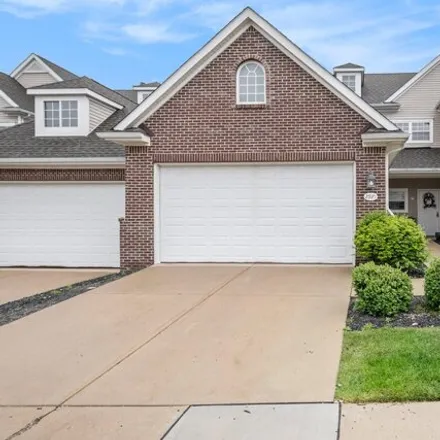
$2,850
Available: Right Now
Listed: 21/07/2024
2925 N Knightsbridge Cir, Ann Arbor, Michigan, 48105
On Ann Arbor's North side, with excellent proximity to the U of M North Campus and Medical Center, this sharp upper-level Ranch condo offers light-filled spaces and an open-concept design. It has a large eat-in kitchen with solid-surface counters and...
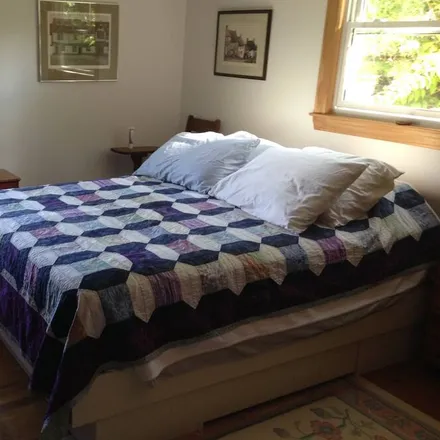
$51,840
Available: Right Now
Listed: 21/07/2024
Ann Arbor, MI
Single family, bilevel with two bedrooms and a bathroom on each floor. Kitchen, dining room, living room,and extensive deck on the second floor. Jacuzzi tub in the bathroom on the second floor. Family room on the first floor. 2000 square feet. Corner...
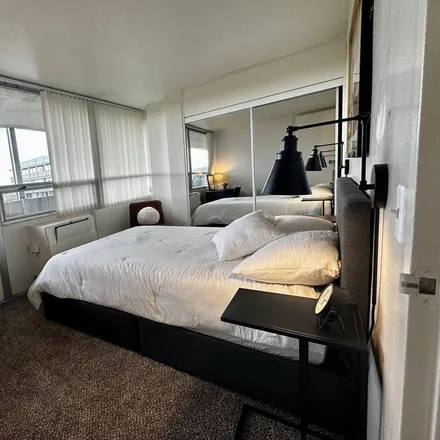
$6,000
Available: Right Now
Listed: 25/07/2024
Ann Arbor, MI
This newly renovated 11th floor suite is the perfect place to relax and unwind while taking in the stunning natural beauty of the Huron River and Nichols Arboretum. With oversized windows and a spacious balcony, you'll feel like you're floating above...
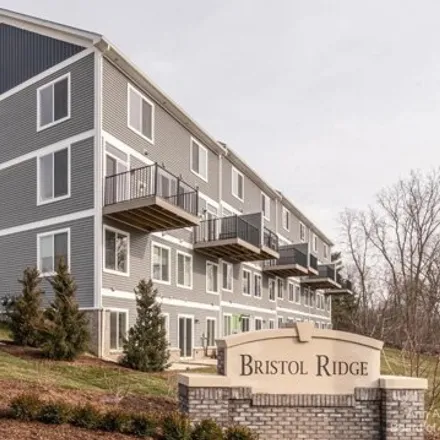
$3,800
Available: Right Now
Listed: 21/07/2024
2715 Bristol Ridge Dr Unit 3, Ann Arbor, Michigan, 48105
Check out the virtual tour! Available immediately! Like new! Almost2, 600square feet of finished space with abundant natural light. Incredible location just north of Central, Medical and North Campus directly by an AATA bus stop. 4-bedrooms, 4-full, ...

$10,620
Available: Right Now
Listed: 22/07/2024
Ann Arbor, MI
Our beautiful home is just off the highway and is minutes from the stadium, downtown shops, and restaurants. It is the perfect place whether you are traveling for work, visiting your student, attending a sport, alumni, or wedding event, or just explo...

$15,660
Available: Right Now
Listed: 25/07/2024
Ann Arbor, MI
Ensure your next stop in Ann Arbor includes easy access to top local attractions when you book this charming 2-bedroom, 1-bath vacation rental! Located just minutes from beautiful parks, popular downtown restaurants, and iconic University of Michigan...

$8,040
Available: Right Now
Listed: 25/07/2024
Ann Arbor, MI
This vibrant bungalow is situated in an ideal Ann Arbor location, nestled in a quiet residential area with easy access to both the Stadium and Downtown. The home boasts an artistic flair, with a wide variety of color blends throughout, beautifully ha...

$3,900
Available: Right Now
Listed: 23/07/2024
2784 Ashcombe Dr, Ann Arbor, Michigan, 48105
Available after 8/10 This charming North Oak townhome boasts three bedrooms, two full baths, and two half baths. As you step inside, the gleaming hardwood floors of the living room and the inviting gourmet kitchen with its large center island welcome...

$2,150
Available: Right Now
Listed: 21/07/2024
3456 Burbank Dr, Ann Arbor, Michigan, 48105
Desirable Chapel Hill condo for rent, available early August. this 3 bedroom, 2-1/2bath condo has hardwood floors on the first floor, updated bathroom, custom paint, large kitchen, large private deck and full basement. Easy access to U of M North Cam...

$10,800
Available: Right Now
Listed: 25/07/2024
Ann Arbor, MI
License: STR21-1919Less than 2 miles from The Big House! A short drive to downtown and the Michigan campus, this beautiful home is in a quiet neighborhood with easy access to most main roads. A great place to stay for a friends-reunion or parents...

$61,860
Available: Right Now
Listed: 25/07/2024
Ann Arbor, MI
This family home is a one and a half story with plenty of spaces to visit. The main floor features a kitchen, living room, dining room, bathroom and 2 bedrooms. The first bedroom has custom built bunk beds (sleeps 2). The second room includes a doubl...
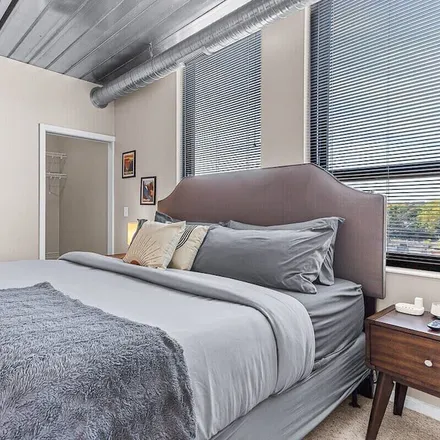
$11,100
Available: Right Now
Listed: 25/07/2024
Ann Arbor, MI
Summary:Experience the ultimate comfort with this charming 2BR apartment located in the heart of downtown Ann Arbor, MI. Just a short 1-mile stroll from the iconic "Big House" at the U of M, this space is an absolute paradise for football season ...
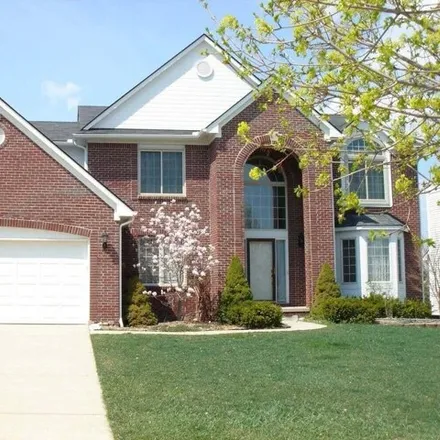
$3,850
Available: Right Now
Listed: 21/07/2024
3152 Honeysuckle Dr, Ann Arbor, Michigan, 48103
This well-maintained Hawthorne Ridge home has an incredible location backing to green space just minutes from shopping, restaurants, and downtown Ann Arbor. Available early July 2024, this comfortable contemporary home offers plenty of updated living...
Ann Arbor
Ann Arbor, MI has a population of 119,303, while the median age is 28. The household income in Ann Arbor, MI is around $61,247. The homeownership rate among the residents is 46%. The median residential property value in Ann Arbor, MI that you should keep in mind is $271,600.
| Population | 119,303 |
| Median Age | 27.5 |
| Poverty Rate | 22% |
| Household Income | $61,247 |
| Number Of Employees | 61,445 |
| Median Property Value | $271,600 |
What is the Average Rent for Ann Arbor, MI Apartments?
The average rent for apartment in Ann Arbor, MI: $2,378
(-19.6%)
| Month | Median Price |
|---|---|
| Jun 2024 |
$3,118
|
| May 2024 |
$3,194
|
| Apr 2024 |
$2,915
|
| Mar 2024 |
$2,915
|
| Feb 2024 |
$2,915
|
| Jan 2024 |
$2,915
|
| Month | Median Price |
|---|---|
| Jun 2024 |
$2,378
|
| May 2024 |
$2,957
|
| Apr 2024 |
$3,682
|
| Mar 2024 |
$3,682
|
| Feb 2024 |
$3,682
|
| Jan 2024 |
$3,682
|
Be informed and make custom offers based on median rent prices. However, keep in mind that the price may vary depending on the size and amenities of the apartments for rent.
Renter's FAQ About Ann Arbor, MI
-
What are the most popular types of properties for rent in Ann Arbor?
The most popular types of properties for rent in Ann Arbor are houses, apartments, condos, townhouses, and lofts.
-
What are some common amenities available in rental properties in Ann Arbor?
Rental properties in Ann Arbor often come with amenities such as air conditioning, parking spaces, dishwashers, gardens, and fireplaces.
-
Which are the largest employers in Ann Arbor, MI?
Ann Arbor is home to several significant employers, including the University of Michigan, which is the largest employer in the city. Other major employers include the U-M Health System, Ford Motor Company, and Ann Arbor Public Schools.
-
Is Ann Arbor a suitable place for young families?
Yes, Ann Arbor is an excellent place for young families. The city offers exceptional public schools, various parks and recreational facilities, family-friendly activities, and a vibrant community that embraces family life.
